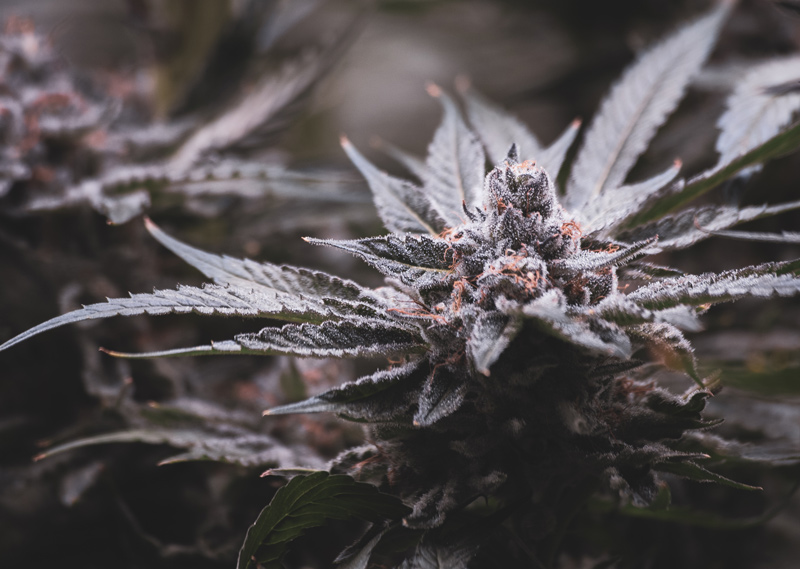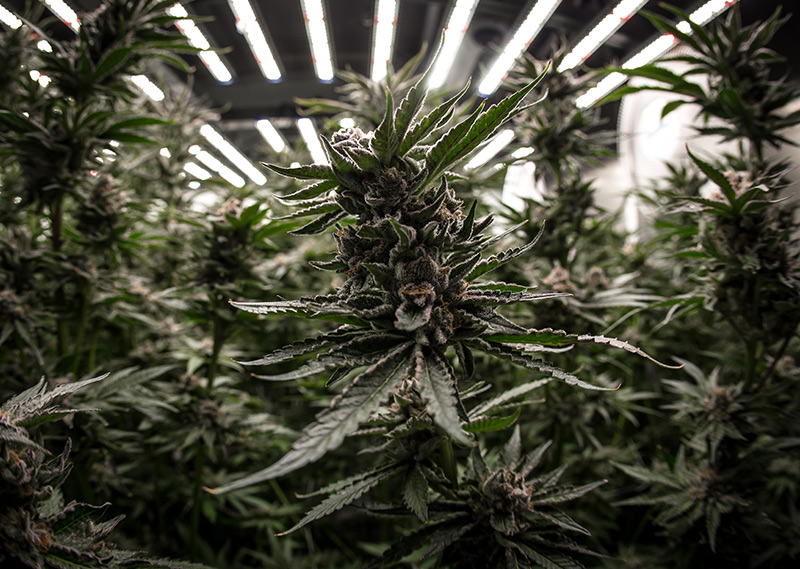Importance of Terpenes in Medicinal Cannabis Products

IMPORTANCE OF TERPENES IN MEDICAL CANNABIS PRODUCTS THC and CBD are the main components of cannabis, but they aren’t the only ingredients worth considering. Cannabis gets its flavor and smell from chemicals called terpenes – naturally formed hydrocarbons that plants produce to ward off harmful bacteria and fungi. Cannabis has naturally high levels of terpenes. […]
How LED Grow Lights Help Cannabis

HOW LED GROW LIGHTS HELP CANNABIS As with any plant, a variety of conditions must be met to grow the best strains of cannabis. Soil and water are obvious examples, but one condition that’s often overlooked is the lighting. The source, color, and intensity of the light used to cultivate cannabis has a huge effect […]

